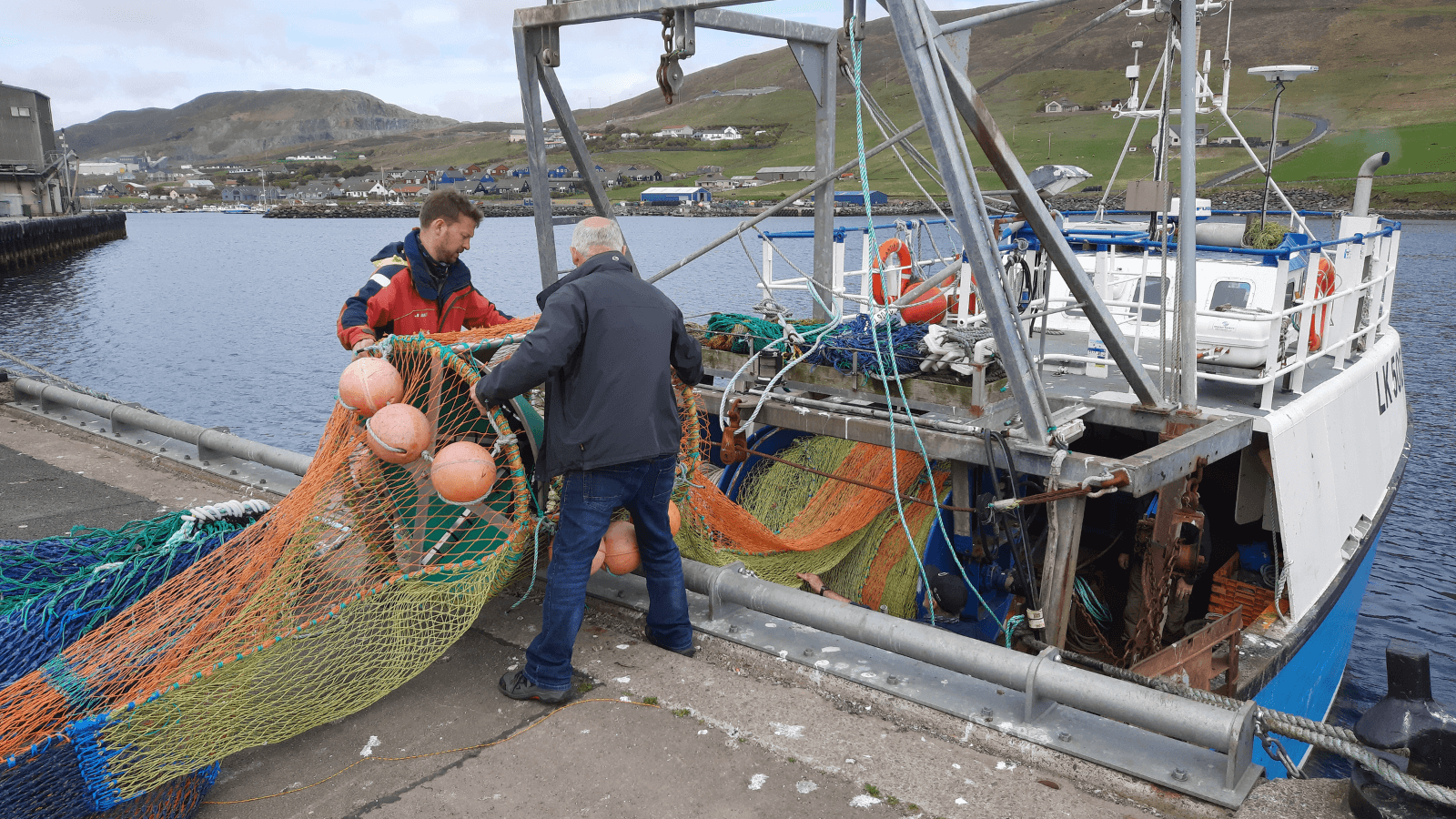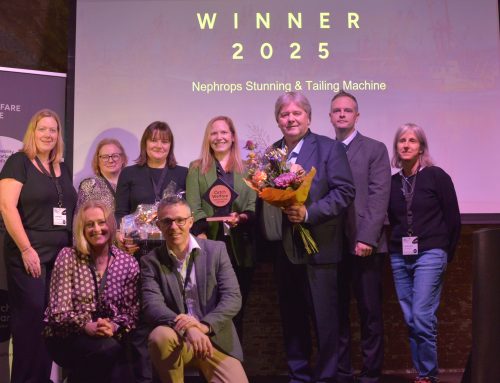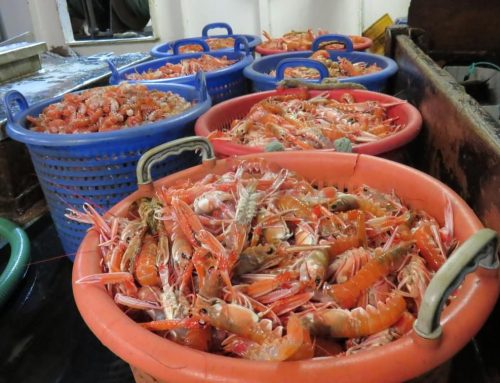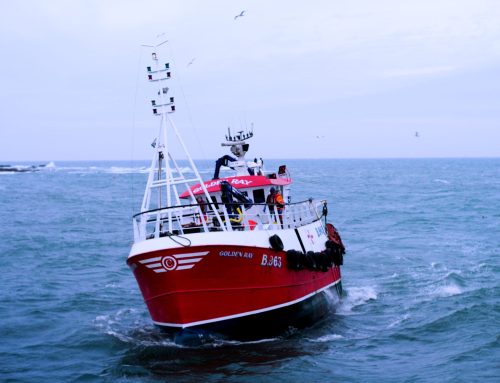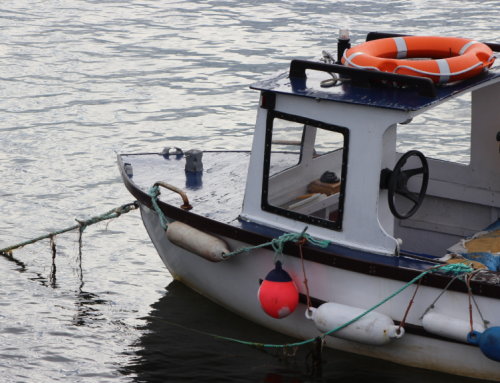Earlier this year, field trials in Shetland marked the first full-scale deployment of Smartrawl, the eagerly awaited solution to fisheries discards and bycatch. Despite winter weather, the fully integrated system was successfully deployed and recovered from a small fishing vessel. The report on this Phase of Smartrawl’s development is available now, with details on tests of Smartrawl’s AI-driven stereo camera, patented gate, and latch mechanism.
Since 2016, FIS has supported Smartrawl inventor, Professor Paul Fernandes of Heriot-Watt University, to develop Smartrawl, which uses AI technology to allow skippers to retain only their target catch and release unwanted catch back into the sea unharmed. The sea trial aboard UHI Shetland’s vessel Atlantia II recorded the first successful at-depth rotation of the patented gate system, demonstrating that the system can switch quickly between catch and release positions.
Back on land, a key achievement was the creation of a robust dataset comprising almost 3,000 labelled images of nine fish species caught commercially in the UK. The dataset detects fish at various angles, positions, and lighting conditions to improve the AI’s ability to recognise fish in real-world scenarios.
This phase of the Smartrawl development was funded by the UK Government’s Seafood Innovation Fund. While the trials showcased Smartrawl’s potential, they also exposed technical challenges, including camera exposure problems, and latch system inconsistencies. A report on further work to improve the system, made possible by the Scottish Government’s Marine Fund Scotland, will be available soon.

